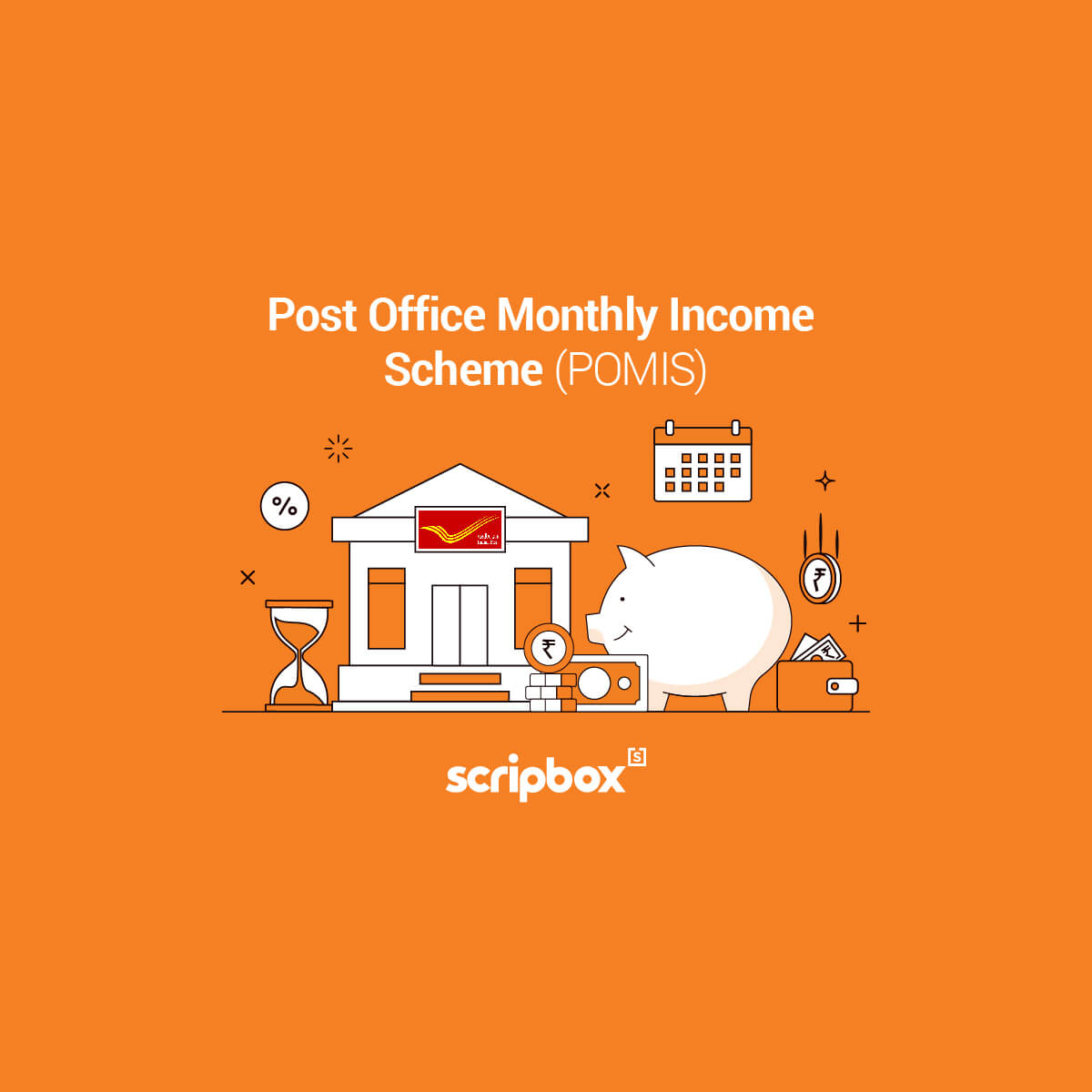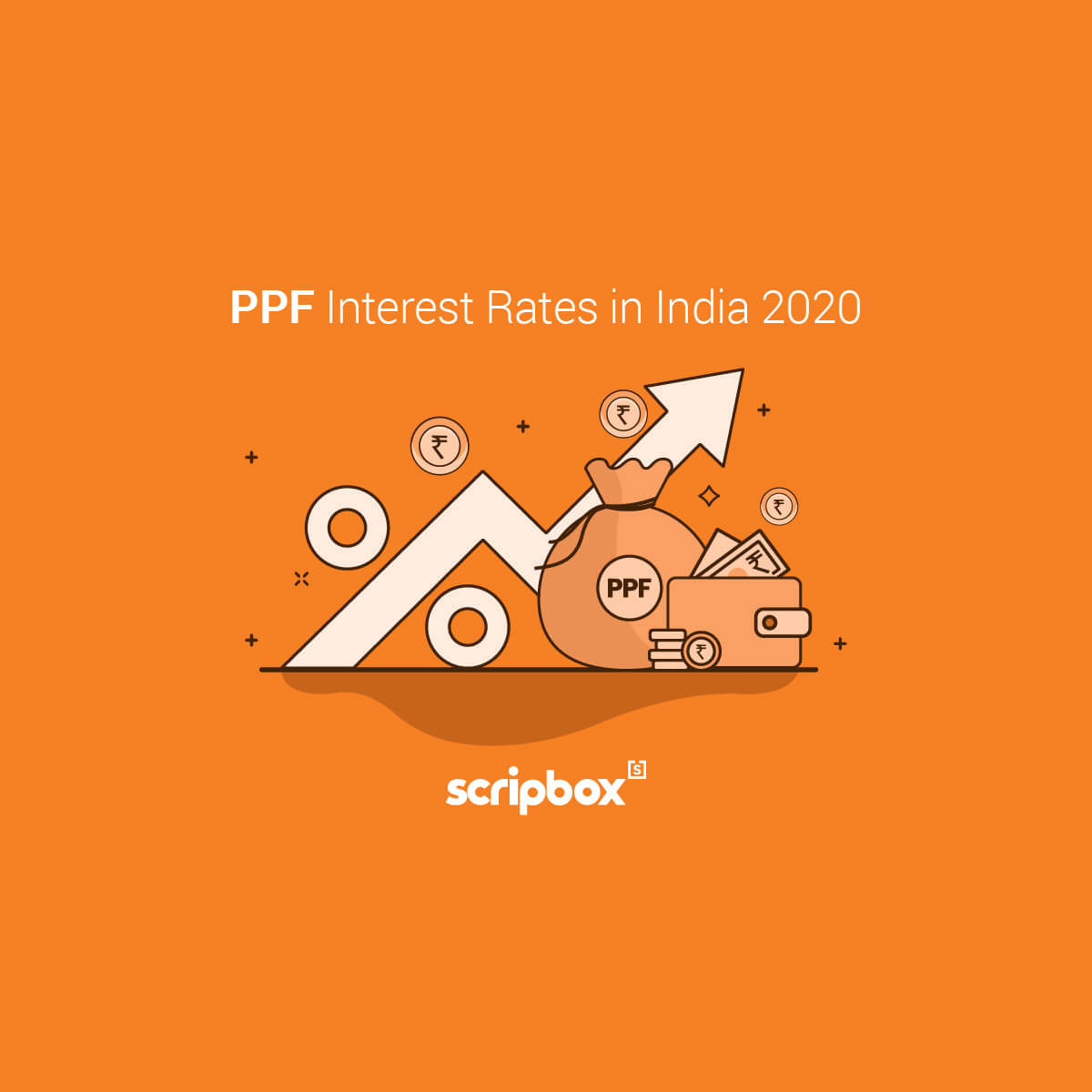Pradhan Mantri Vaya Vandana Yojana (PMVVY) is a retirement and pension plan for senior citizens. The Government of India has launched this scheme as a part of social security schemes in India. There are many such social security schemes in India like National Pension Scheme (NPS), Public Provident Fund (PPF), Atal Pension Yojana (APY) and Senior Citizens Saving Scheme (SCSS) etc.
The last date to invest in PMVVY is 31st March 2023. From April 1st 2023, the PM Vaya Vandana Yojana is set to close.
What is Pradhan Mantri Vaya Vandana Yojana?
Pradhan Mantri Vaya Vandana Yojana is a non-linked and non-participating pension scheme that is subsidised by the Government of India. Investors can purchase the scheme online and offline. The investment amount is known as the ‘purchase price’. The scheme offers an assured rate of return on investment. The investors can decide the payout frequency as monthly, quarterly, half-yearly, or yearly. The PMVVY scheme offers a regular and fixed income to its investors. Moreover, the scheme is a better alternative to parking your money in a savings bank account.
The Ministry of Finance, Government of India reviews the rate of return at the beginning of every year which shall be applicable for the financial year. For the current financial year PMVVY interest rate is 8.00% p.a..
The LIC Life Insurance Corporation is solely responsible for the operation of the scheme.
Check Out PMVVY vs SCSS
Who is Eligible for PMVVY Yojana?
The PMVVY scheme does not specify too many eligibility criteria. Moreover, the criteria set is at a bare minimum level that is in line with the objective of the scheme. The following are the eligibility criteria set by the PMVVY Pradhan Mantri Vaya Vandana Yojana for its investors:
- The investor must be a senior citizen. Hence, the age of the investor must be 60 years of age or above.
- There is no restriction on the maximum age of the investor.
- The applicant must be a citizen of India. The scheme is not available to a non-resident India, NRI.
- The minimum policy term is 10 years. The investor must be ready to stay in the policy for 10 years.
- The minimum policy premium is Rs 1,000 per month. The maximum policy premium is Rs 9,250 per month.
What Are The Benefits of PMVVY Yojana?
The following are the benefits of subscribing to the Pradhan Mantri Vaya Vandana Yojana:
- Pradhan Mantri Vaya Vandana Yojana provides a regular fixed sum to its subscribers
- On the survival of the pensioner during the policy term of 10 years, pension in arrears will be paid to the survivor subscriber. The pension will be paid at the end of each period as per the chosen payment mode by the subscriber.
- If the subscriber dies during the 10 years policy term then the beneficiary or nominee will receive the purchase price.
- On survival of the pensioner to the end of the policy term of 10 years, the subscriber will receive the benefits. The subscriber will receive the purchase price and final pension instalment.
- The subscriber can avail of a loan of up to 75% of the purchase price after the expiry of three years to cover an emergency.
- In case of a medical emergency of the subscriber or his/ her spouse, the subscriber can withdraw 98% of the purchase price
Payment of Purchase Price of PMVVY
The Life Insurance Corporation has the sole authorization to operate the Pradhan Mantri Vaya Vandana Yojana. The subscriber can purchase the PMVVY scheme online as well as offline. You can purchase the policy by paying a lump sum purchase price. The pensioner has an option to choose either the amount of pension or the Purchase Price.
The payment modes of the pension are monthly, quarterly, half-yearly & yearly. You can pay through NEFT or Aadhaar Enabled Payment System. The PMVVY Yojana is a Government of India subsidised scheme. It mandatorily requires a unique validation of the Aadhaar number of the subscriber. The subscriber needs to pay the first installment of the pension after 1 year, 6 months, 3 months or 1 month from the date of purchase. The payment of first installment depends on the mode of payment selected i.e. monthly, quarterly, half-yearly & yearly
The following are the minimum and maximum purchase price against the different modes of pension payments:
| Mode of Pension | Minimum Purchase Price | Maximum Purchase Price |
| Yearly | Rs 1,56,658 | Rs 14,49,086 |
| Half-Yearly | Rs 1,59,574 | Rs 14,76,064 |
| Quarterly | Rs 1,61,074 | Rs 14,89,933 |
| Monthly | Rs 1,62,162/ | Rs 15,00,000 |
The following is a sample pension rate per Rs 1,000 purchase price for different modes of payment of pension:
| Mode of Payment | Pension Rates |
| Yearly | Rs 76.60 per annum |
| Half-Yearly | Rs 75.20 per annum |
| Quarterly | Rs 74.50 per annum |
| Monthly | Rs 74 per annum |
Features of Pradhan Mantri Vaya Vandana Yojana PMVVY
- You will earn an assured return of 8.00% p.a. on the PMVVY scheme.
- PMVVY is suitable for subscribers who wish to earn a regular, stable and assured regular income with life insurance benefits.
- Free lock-in period for its subscribers. This makes PMVVY more attractive since it offers a higher liquidity.
- PMVVY allows a premature exit from the policy during the policy term of 10 years. However, such an exit is allowed in certain exceptional circumstances like critical or terminal illness of self or spouse.In this case on the exit the surrender value payable will be 98% of the purchase price.
- A subscriber can avail a loan against the policy after 3 years. The maximum loan that can be availed is up to 75% of the purchase price.
- The minimum pension amount is Rs 1000 per month. While the maximum amount is Rs 9250 per month.
- The total purchase price cannot exceed Rs 15 lakhs.
- Since PMVVY is a pension plan no GST or service charge is applicable. However, income tax is applicable on the returns earned.
Loan Against Pradhan Mantri Vaya Vandana Yojana (PMVVY)
A subscriber can avail a loan against the policy during the policy terms. The maximum loan that can be availed is up to 75% of the purchase price. An interest on loan is also applicable. The loan interest rate is determined at periodic intervals. The calculation of the interest rate is as per the guidelines and the methods approved by the IRDAI. For all the loans sanctioned on or before the 30th April, 2021, the applicable interest rate is 9.50% per annum for the entire term of the loan.
- The interest on loan will be adjusted from the pension amount to be paid to the subscriber. For this purpose the interest will be accrue as per the frequency of the payment of premium. Moreover, the interest on loan will be due on the due date of pension.
- The outstanding loan amount will be recovered from the claim proceeds. Such recovery will be made at the time of exit from the policy.
Free Lock-In Period For PMVVY
PMVVY offers a free lock-in period to its subscribers. If the subscriber is not satisfied with policy, its terms and conditions then he/ she may exit from the scheme anytime. If the policy was purchased online then you can exit within 30 days from the date of receipt of the policy. However, if the policy was purchased offline then you can exit within 15 days from the date of receipt of the policy. In both cases the subscriber must state the reason for objection for such an exit.
The refund amount on an early exit will be the purchase price minus the stamp duty, other charges, and pension paid to the subscriber, if any.
Tax on Pradhan Mantri Vaya Vandana Yojana PMVVY
Statutory Taxes, if any, imposed on this plan by the Government of India or any other constitutional Tax Authority of India shall be as per the Tax laws and the rate of tax as applicable from time to time. The amount of Tax (GST) paid shall not be considered for the calculation of benefits payable under the plan.
Documents Required To Subscribe for the PMVVY Scheme
To enrol for the Pradhan Mantri Vaya Vandana Yojana PMVVY you must submit the following documents:
- Identity Proof such as Aadhaar, passport, driving licence, etc
- Proof of residence such as Voter ID, Aadhaar, passport, driving licence, etc
- Proof of Age
- 2 passport size photographs of the subscriber
- Proof of retirement from employment
How To Apply for a PMVVY Scheme?
You can apply to the Pradhan Mantri Vaya Vandana Yojana PMVVY online as well as offline by following the procedure:
i) Online procedure:
- Log onto the official website of Life Insurance Corporation LIC
- Select ‘pension plans’ under products and proceed
- Fill the relevant application form
- Submit the online application and upload the documents as requested
ii) Offline Procedure
- You can collect the application form at any nearest branch of LIC
- Now fill the application form for subscription
- Attach the supporting documents of proof of residence, age, identity along with photographs. Submit the application form along with the documents.
Discover More
- Pradhan Mantri Jan Arogya Yojana (PMJAY)
- Pradhan Mantri Vaya Vandana Yojana (PMVVY)
- Pradhan Mantri Suraksha Bima Yojana
- Saksham Yuva Yojana
- Samarth Scheme
- Pradhan Mantri Awas Yojana (PMAY)
- PM Kisan Samman Nidhi Yojana
- Pradhan Mantri Kaushal Vikas Yojana (PMKVY)
- Pradhan Mantri Jeevan Jyoti Bima Yojana
- Multiplier Grants Scheme
- Ujala Scheme
- Pradhan Mantri Jan Dhan Yojana (PMJDY)
- Atal Pension Yojana (APY)
- Pradhan Mantri Shram Yogi Mandhan
- DDU-GKY
- Startup India Scheme
- Antyodaya Anna Yojana (AAY)
- Pradhan Mantri Adarsh Gram Yojana
- Aspire Scheme
- Pradhan Mantri Ujjwala Yojana (PMUY)
- Credit Guarantee Scheme For Startups
- Startup India Seed Fund Scheme
- Pradhan Mantri Yuva Yojana (PMYY)
- Pradhan Mantri Kaushal Kendra (PMKK)
- Stand Up India Scheme
- Unnat Bharat Abhiyan
- Digital India Scheme
- Sankalp Scheme
- Samagra Shiksha
- Skill India
- Deen Dayal Upadhyaya Antyodaya Yojana (DAY)
- Credit Guarantee Scheme for MSE (CGSMSE)
Related Articles
- Confused if your portfolio is performing right enough to meet your goals?
- How long have you been investing in mutual funds?
- What is your current portfolio size?
- What is your approximate annual household income?
- Your profile does not qualify for a call with a Financial Expert.
- What is Pradhan Mantri Vaya Vandana Yojana?
- Who is Eligible for PMVVY Yojana?
- What Are The Benefits of PMVVY Yojana?
- Payment of Purchase Price of PMVVY
- Features of Pradhan Mantri Vaya Vandana Yojana PMVVY
- Loan Against Pradhan Mantri Vaya Vandana Yojana (PMVVY)
- Free Lock-In Period For PMVVY
- Tax on Pradhan Mantri Vaya Vandana Yojana PMVVY
- Documents Required To Subscribe for the PMVVY Scheme
- How To Apply for a PMVVY Scheme?


























Show comments